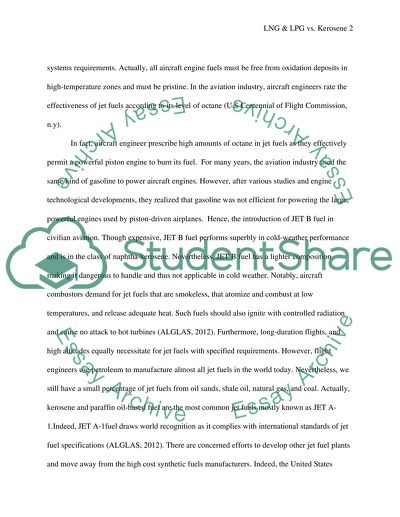Cite this document
(“LNG & LPG vs. Kerosene in Fueling Aircrafts Essay”, n.d.)
LNG & LPG vs. Kerosene in Fueling Aircrafts Essay. Retrieved from https://studentshare.org/engineering-and-construction/1401293-lng-vs-kerosene
LNG & LPG vs. Kerosene in Fueling Aircrafts Essay. Retrieved from https://studentshare.org/engineering-and-construction/1401293-lng-vs-kerosene
(LNG & LPG Vs. Kerosene in Fueling Aircrafts Essay)
LNG & LPG Vs. Kerosene in Fueling Aircrafts Essay. https://studentshare.org/engineering-and-construction/1401293-lng-vs-kerosene.
LNG & LPG Vs. Kerosene in Fueling Aircrafts Essay. https://studentshare.org/engineering-and-construction/1401293-lng-vs-kerosene.
“LNG & LPG Vs. Kerosene in Fueling Aircrafts Essay”, n.d. https://studentshare.org/engineering-and-construction/1401293-lng-vs-kerosene.


